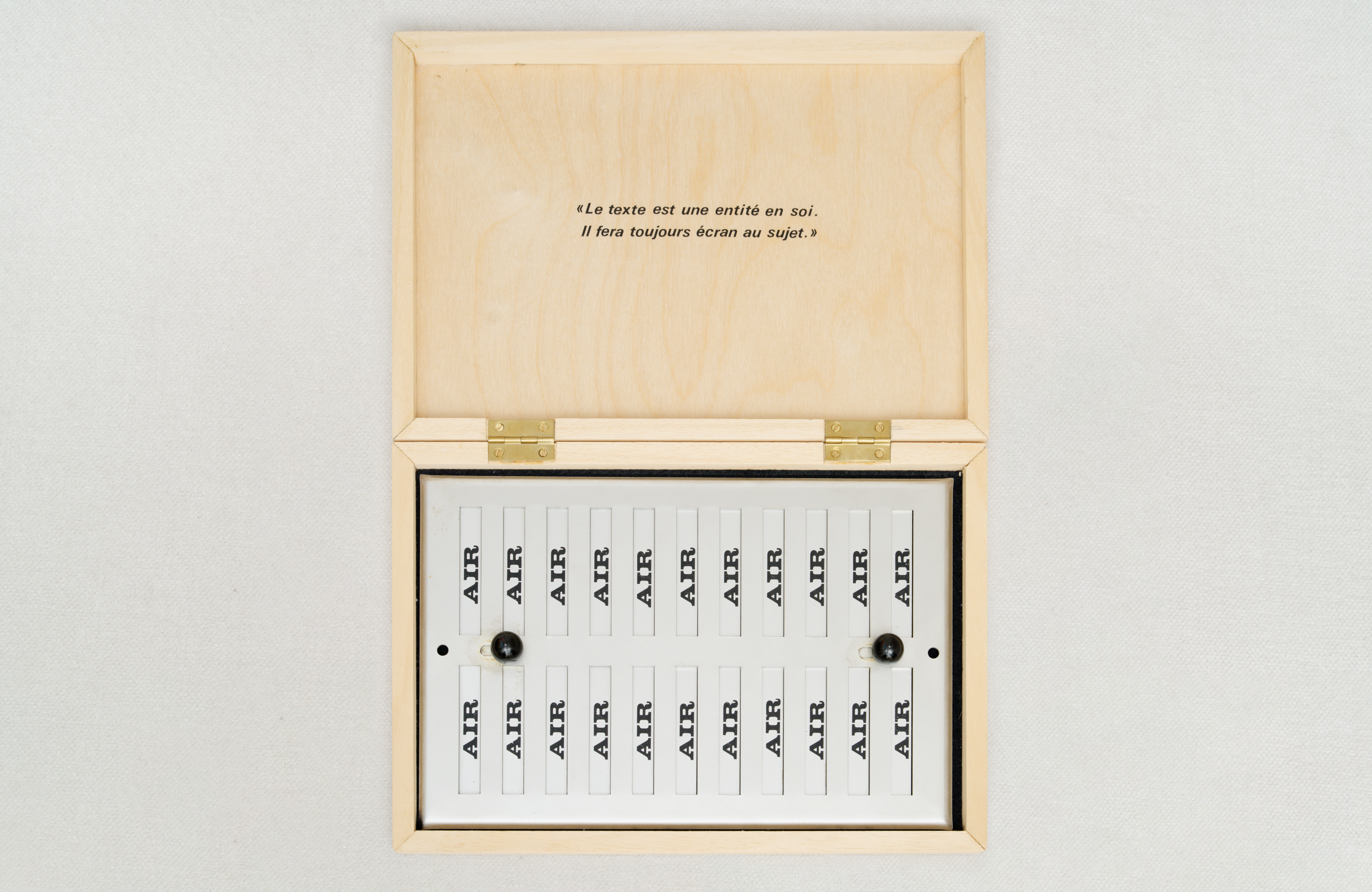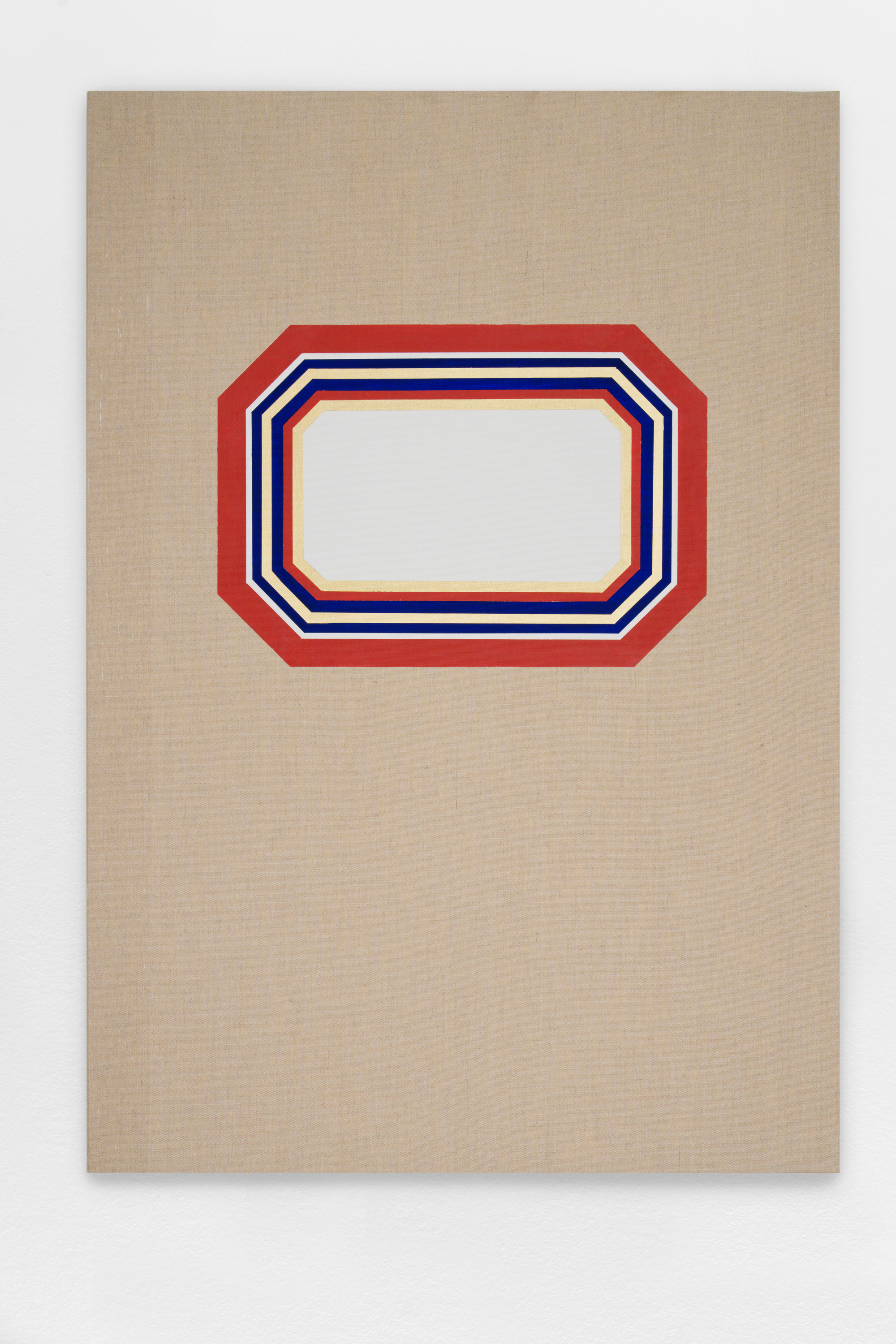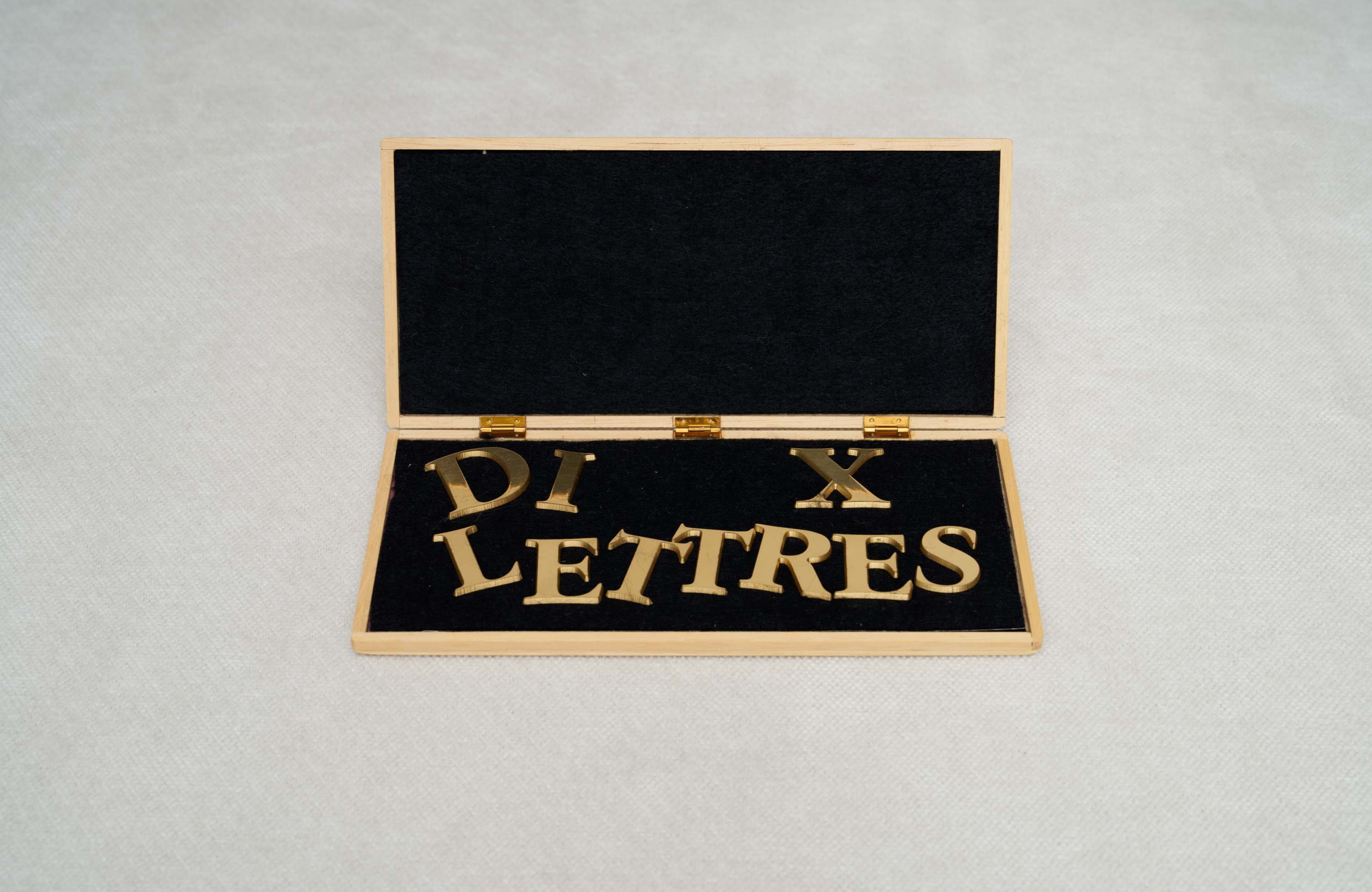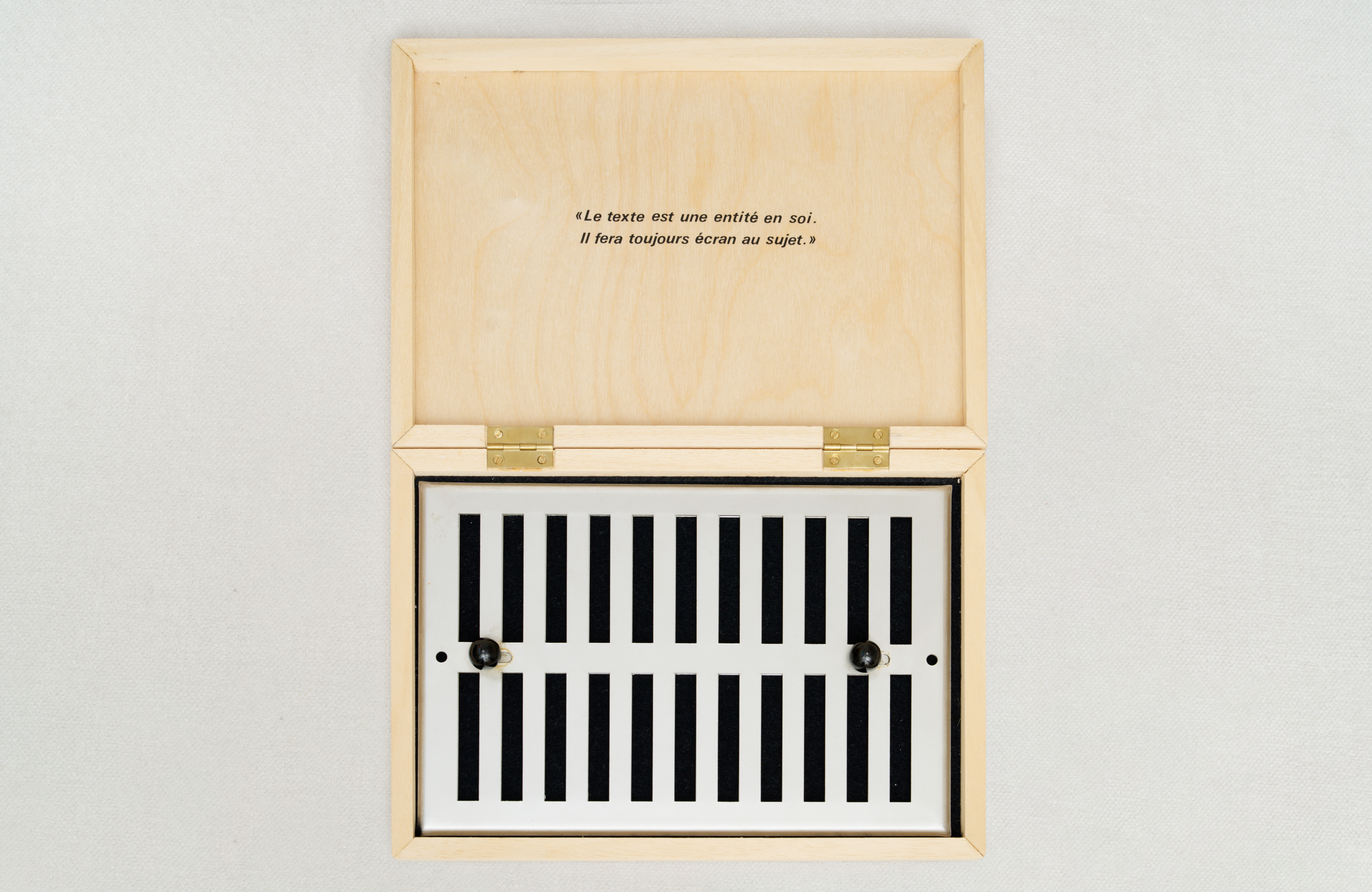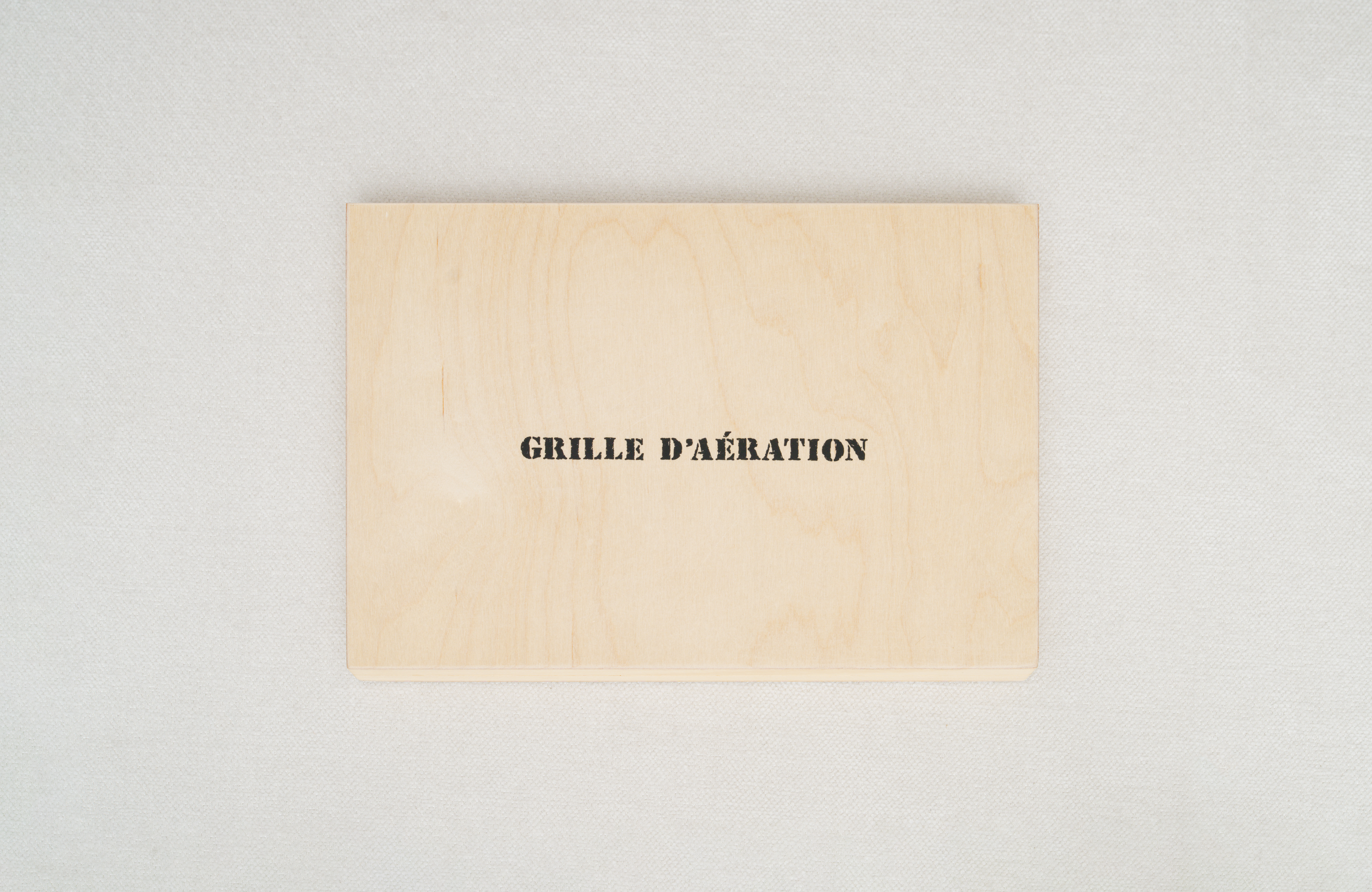Manuel Alvess (estate of)
A discreet and visionary artist
Alvess (1939-2009) explored all forms of art: photography, drawing, sculpture, mail art, performance and painting. These mediums presented his interrogations both into the nature of art, and into things themselves.
Manuel Alves, who became “Alvess” to adapt to French phonetic sensibilities, left his homeland Portugal under Salazar’s dictatorial regime to move to Paris in 1963. He began to search for ways to integrate himself into the artistic milieu of the city by participating in diverse salons and exhibitions, which successfully earned him early recognition. However his development of economic strategies outside of the art market, allowed him to continue to develop his artistic practice autonomously.
After the Carnation Revolution in 1974, Alvess returned to Portugal for a short period, participating in significant artistic events such as Alternative Zero and the 4th International Art Encounters. These experiences connected him to influential artists and reinforced his mail art practice. He participated in the Salon des Surindépendants in 1963, obtaining in 1968 the Europe Peinture à Ostende prize and exhibiting at the Museum of Modern Art in Paris and the Biennale de Paris (in 1969).
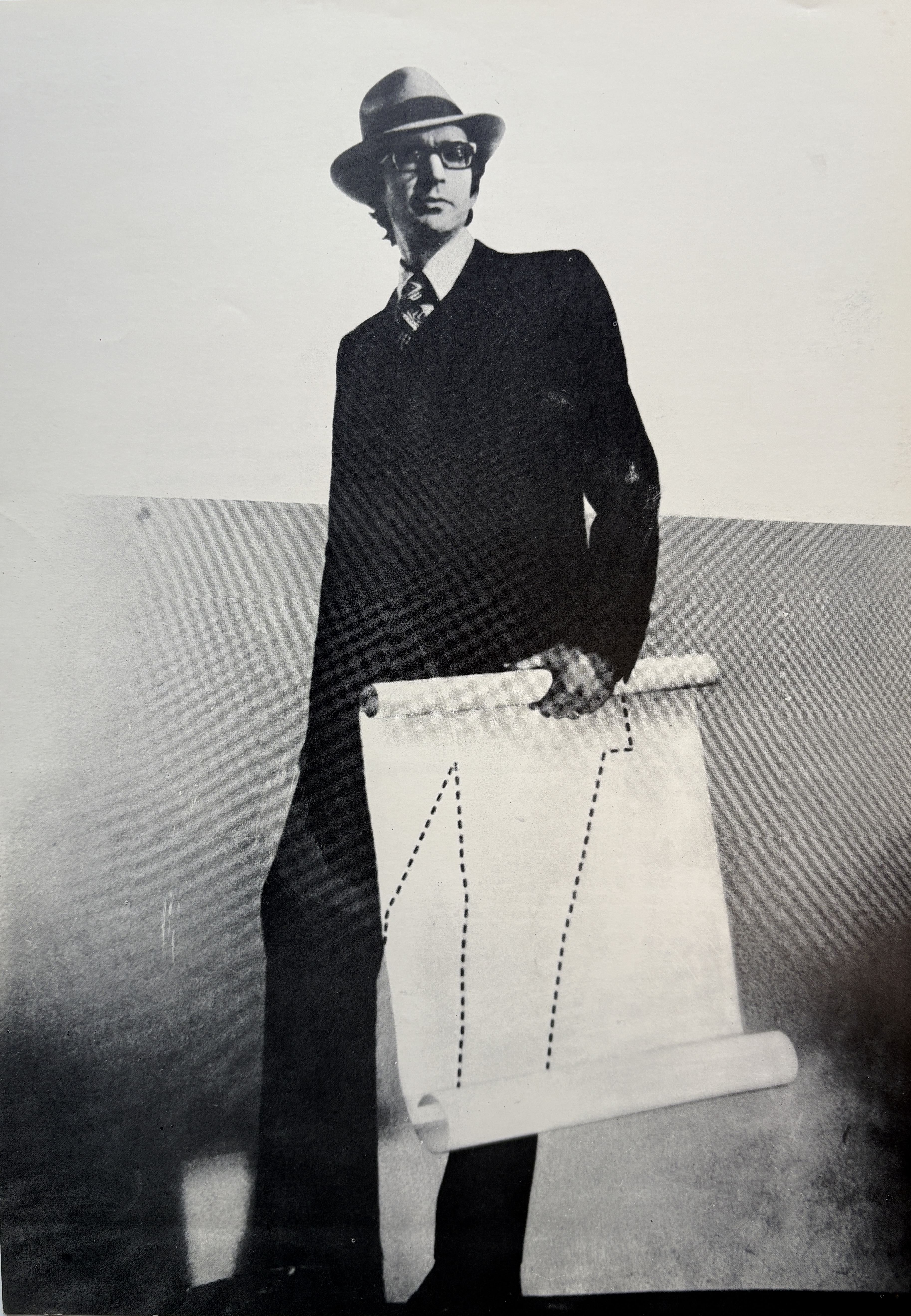
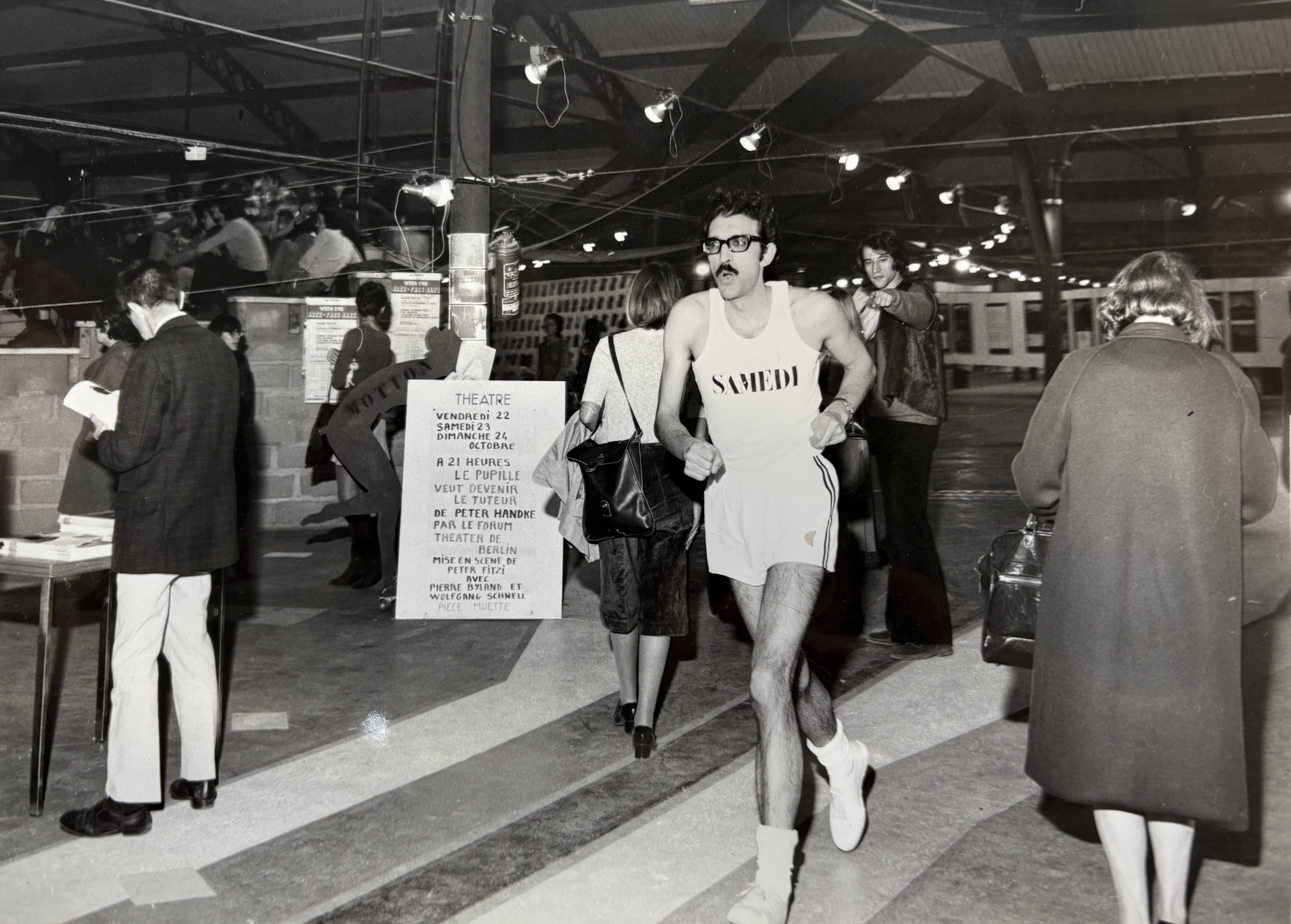
Alvress always sought to blur the boundaries between art and life; his works, often intriguing, sometimes tinged with humour, questioned the perception and categorization of reality. Alvess puts into focus the absurdity and redundancy of established systems by creating objects with non-functional dimensions, such as the Seizimètre (1971), or through bold performances like Les Sept heures de la Biennale (1971).
In 2001, the Serralves Foundatoin in Porto proposed an exhibition of his work which came to life in 2008 and remains to this day the artist’s largest retrospective, marking a turning point and milestone in the public recognition of his work.
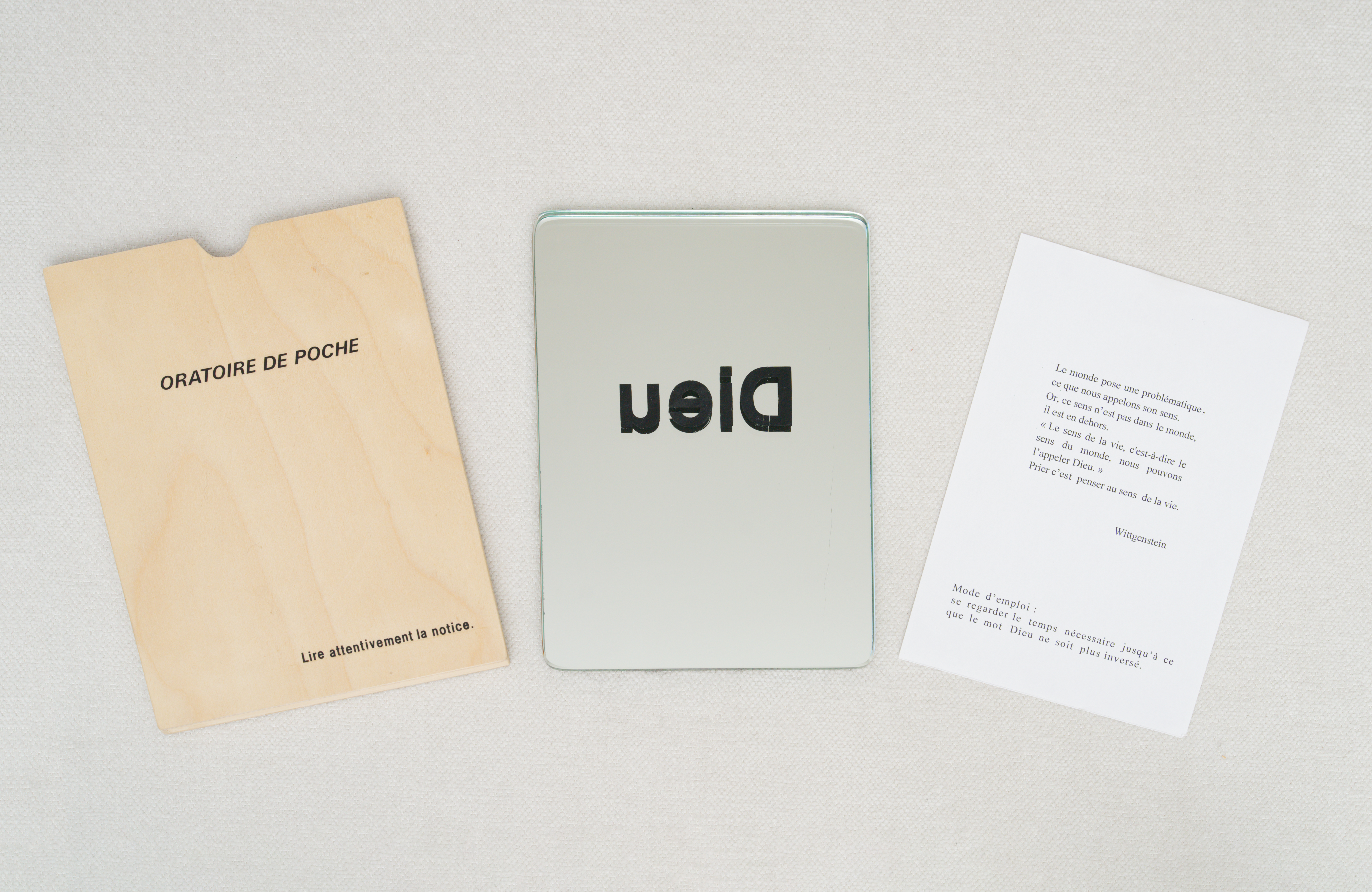
Unlike artists who have benefited from greater institutional visibility, Alvess has remained an artist's artist, engaging in numerous correspondences with his peers, whose journeys have been marked by exile. These artistic dynamics were highlighted in the exhibition Around KWY: 1958–1964 at Abraham & Wolff (1) (Paris, 7th arr.), dedicated to the history of the movement's eponymous magazine founded by Lourdes Castro and René Bertholo, amongst others, which would eventually become the epicenter of the Portuguese diaspora in Paris.
Alvess’ difficulty in inscribing himself into the art system, led him to incorporate a remarkable concern for posterity in his work; fourty years of research, labour, and archives were gathered and safeguarded by the artist, then carefully preserved by his family, in the hope that this body of work would one day be discovered.
The dissemination and promotion of Alvess's work, distinguished by its striking aesthetics qualities, reinforce the research-driven approach of Galerie Jocelyn Wolff. With a focus on the gray areas of art history, this methodology that the gallery holds as central, fosters a fertile context for the questioning of the boundaries between the center and the periphery, the exploration of the narratives of marginality, and the decentering of perspectives in art.
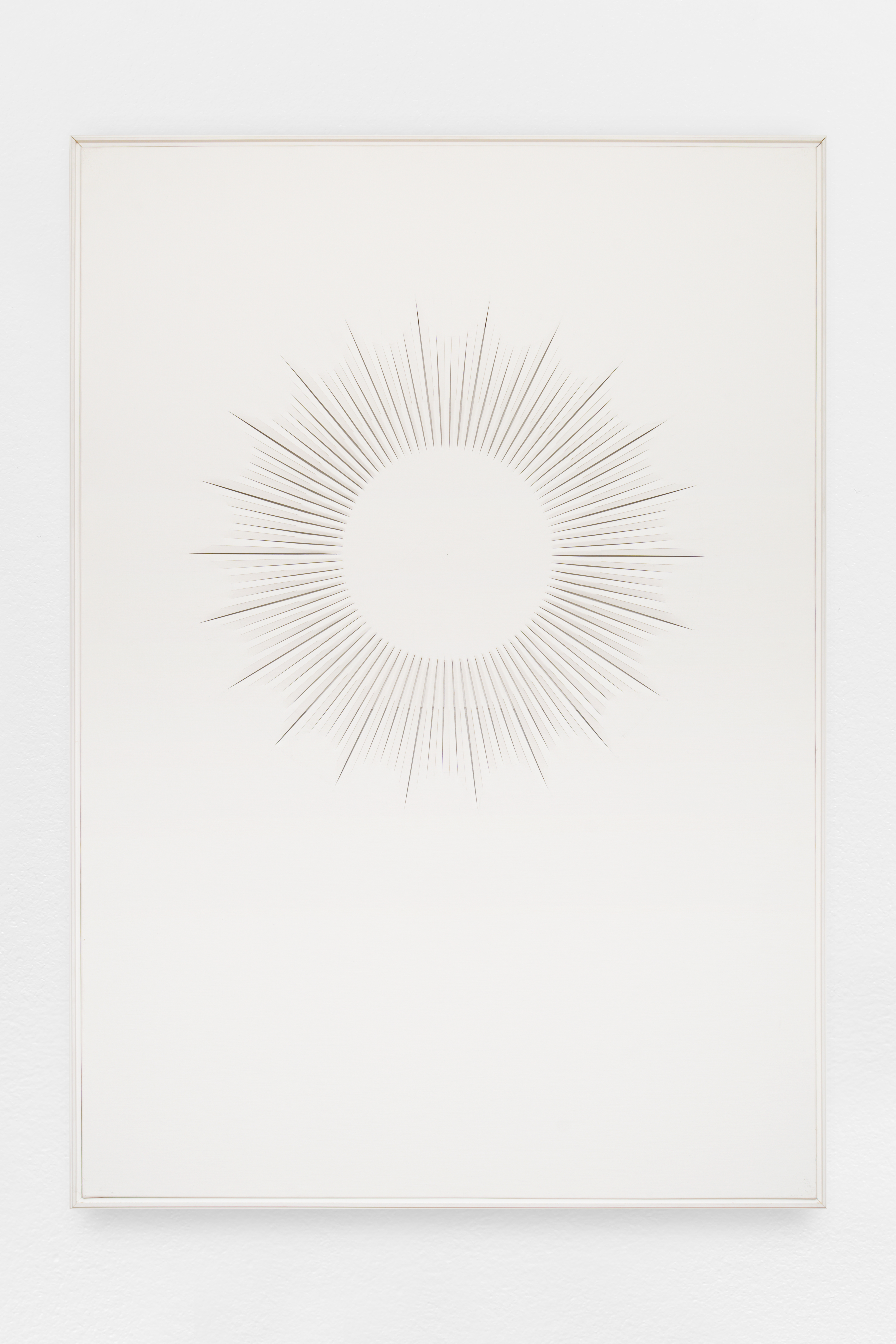
Upcoming Exhibition
We are happy to announce a solo exhibition of the work of Manuel Alvess in 2026, at Galerie Jocelyn Wolff.
